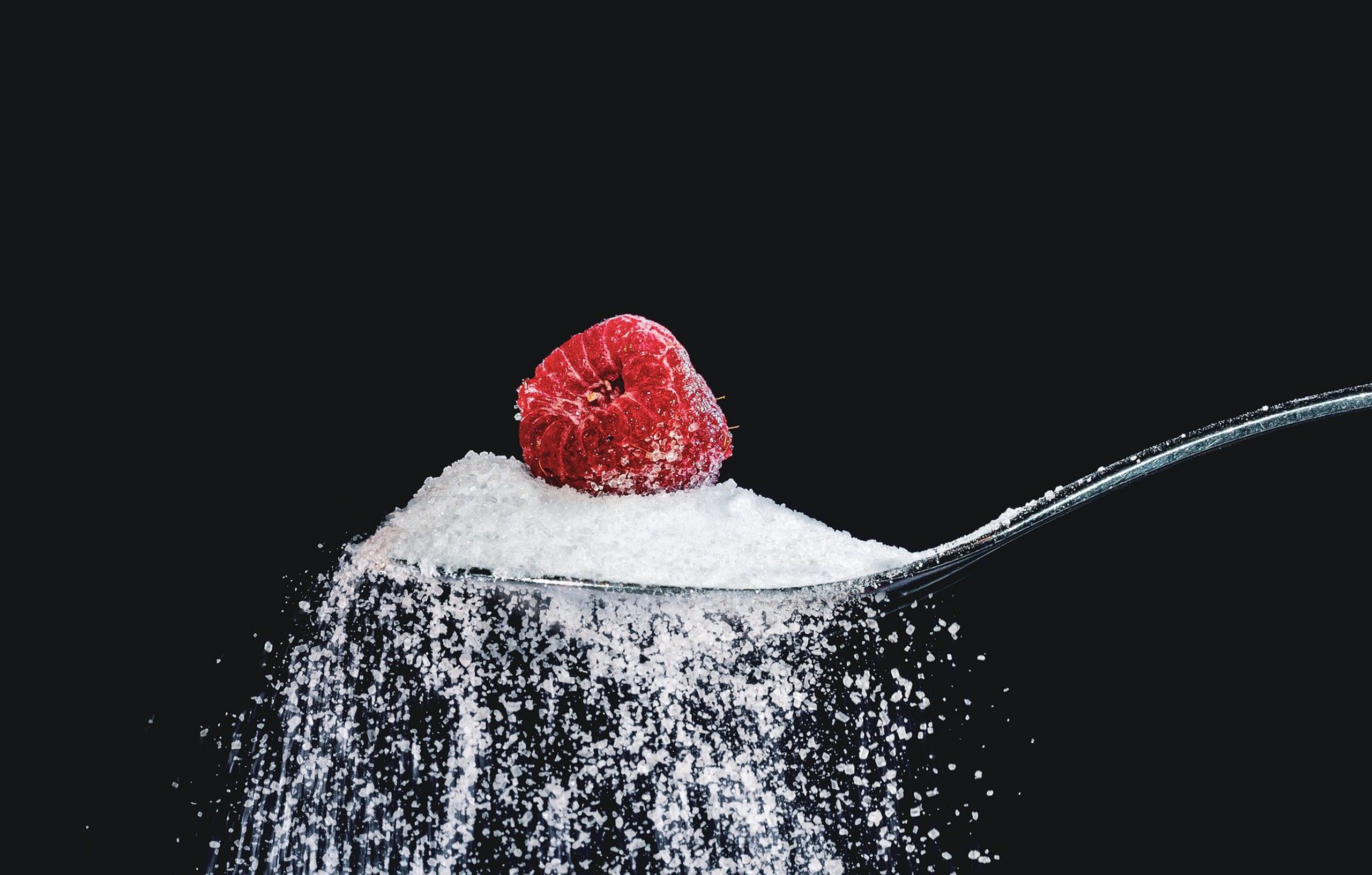
Congenital sucrase-isomaltase deficiency (CSID) is a genetic disorder that reduces a person’s ability to digest sucrose (naturally found in some fruits, also known as table sugar) and maltose (naturally found in some grains).
Congenital sucrase-isomaltase deficiency (CSID) is a genetic disorder that reduces a person’s ability to digest sucrose (naturally found in some fruits, also known as table sugar) and maltose (naturally found in some grains).
Sucrose is a disaccharide (meaning “two sugars”), made up of one glucose unit and one fructose unit. Maltose is also a disaccharide but is made up of two glucose sugar units. The dual-functioning enzyme (protein) needed to break down both of these sugars is known as sucrase-isomaltase (SI). It is located at the brush border of the small intestine (projections in the intestinal lining, with digestive enzymes anchored at the tips). For those with CSID, they cannot break these sugars down, resulting in many uncomfortable symptoms (see below).
It is a rare condition with an estimated prevalence of 1 in 5000 people. However, the prevalence may be as high as 1 in 20 in certain native populations of Alaska, Greenland, and Canada.
Due to the common overlapping symptoms between CSID, irritable bowel syndrome (IBS), small intestinal bacterial overgrowth (SIBO) and other sugar intolerances (E.g. lactose intolerance), the actual prevalence is likely to be under estimated, due to a misdiagnosis.
In one study they identified CSID in 17% of the patients tested, from which 65% were formally diagnosed with IBS-diarrhea (IBS-D), 29% with lactose intolerance, 19% with SIBO and 20% with gastroesophageal reflux disease (GERD).
The most common symptoms for those suffering from CSID include watery diarrhea, bloating, increased gas production, and abdominal pain. Other symptoms may include nausea and vomiting. It’s important not to self-diagnose, but if you find you regularly get high breath readings on your FoodMarble AIRE, even when eating low FODMAP meals, that otherwise contain significant amounts of sugar or starch, it could be worth looking into this further with your doctor.
Diagnosis of CSID has to be performed by a doctor, usually a gastroenterologist. They will often do a sucrose hydrogen breath test, much like the FODMAP tests you can perform in the FoodMarble app. Instead of fructose, lactose or one of the FODMAPs, the doctor would likely have you ingest 50g sucrose. Most people can digest sucrose very easily, so they wouldn’t expect any rise in breath hydrogen during the testing period. If a sufficient rise is seen, it may point to CSID, but they will often take an intestinal biopsy (tissue sample) to confirm the genetic mutation.
Yes, there is an FDA-approved therapy for CSID, called Sucraid. It is an oral solution containing the necessary enzyme (sucrase-isomaltase), allowing the patient to better digest and tolerate dietary sucrose and maltose.
If you have any concerns about CSID or other digestive issues you may be experiencing, it’s always a good idea to speak with your doctor.
Would you like to fast-tracked your road to digestive health and comfort with the use of the FoodMarble AIRE and FODMAP Testing Kit. If elimination diets and constant food testing is taking its toll, why not make a change.

PhD Microbiologist
Be the first to discover our latest articles, tips, and recipes
